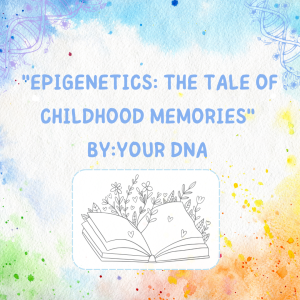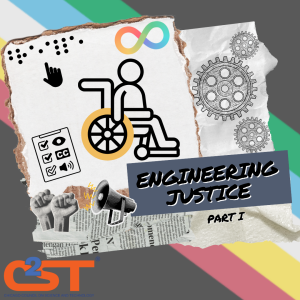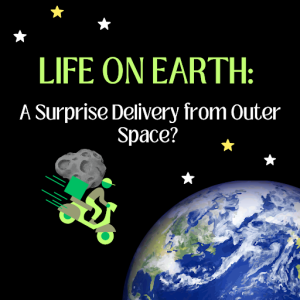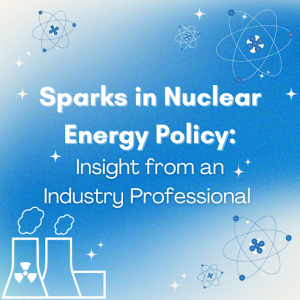“Epigenetics: The Tale of Your Childhood Memories” By Your DNA
By Rowan Dunbar, C2ST Intern, University of Illinois Chicago
Maybe you’ve heard, “The body remembers what the mind does not.” This phrase and its spin-offs are used to refer to the body’s physical response to certain stimuli due to trauma, even when someone may not fully remember their traumatic experience. This is an evolutionary response that humans have historically needed for survival. After all, recognizing a threat and knowing how to react are key to the survival of any living creature. However, the mind also doesn’t like to hold onto memories of pain because dwelling on them for too long can lead to unnecessary stress. Epigenetics is how your behaviors or environment can cause changes in how your genes work. The process of epigenetics is also affected by traumatic memories, so in that way, our DNA reflects, records, or ‘remembers’ our lived experience.

Continue reading ““Epigenetics: The Tale of Your Childhood Memories” By Your DNA”




